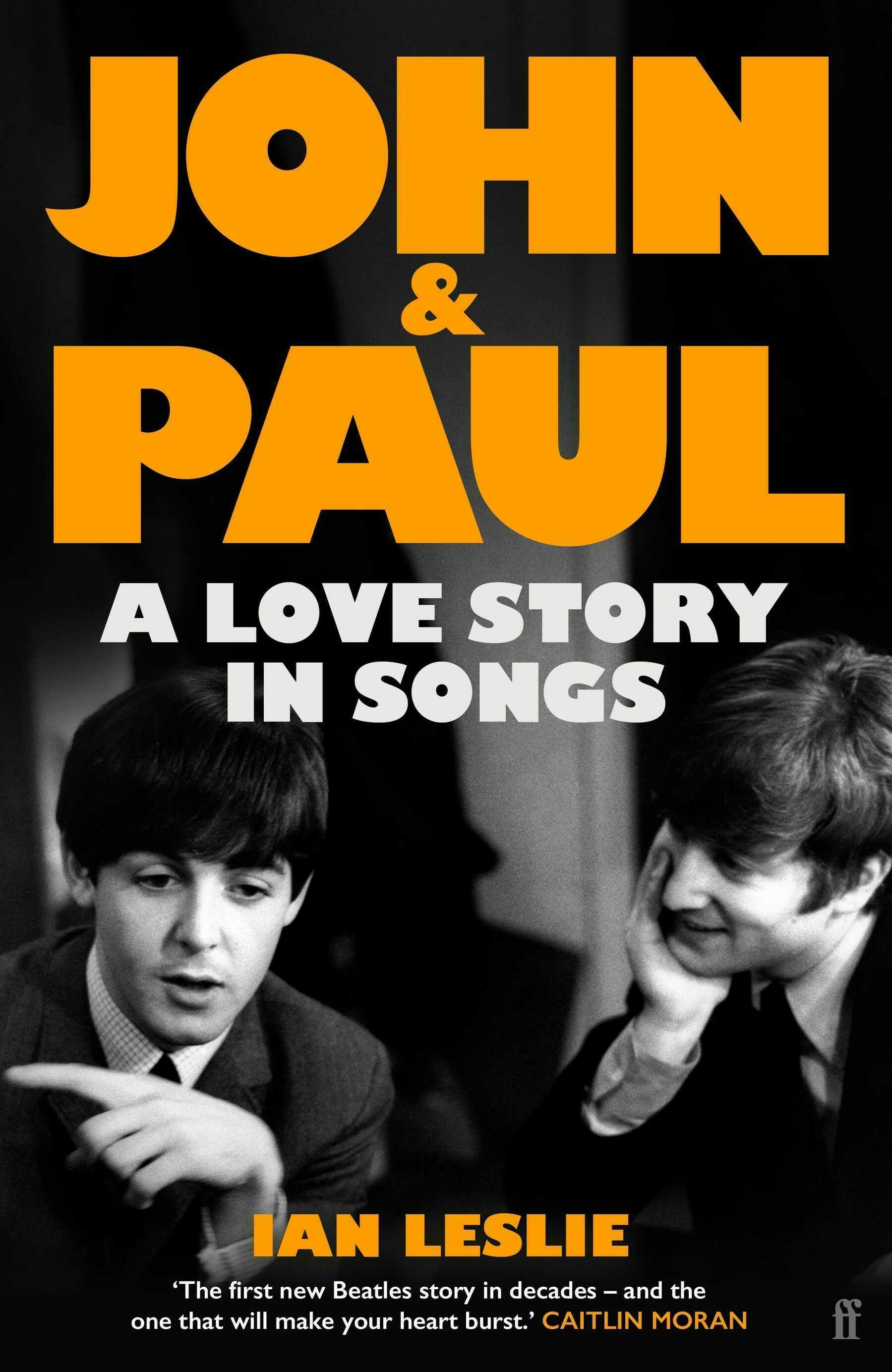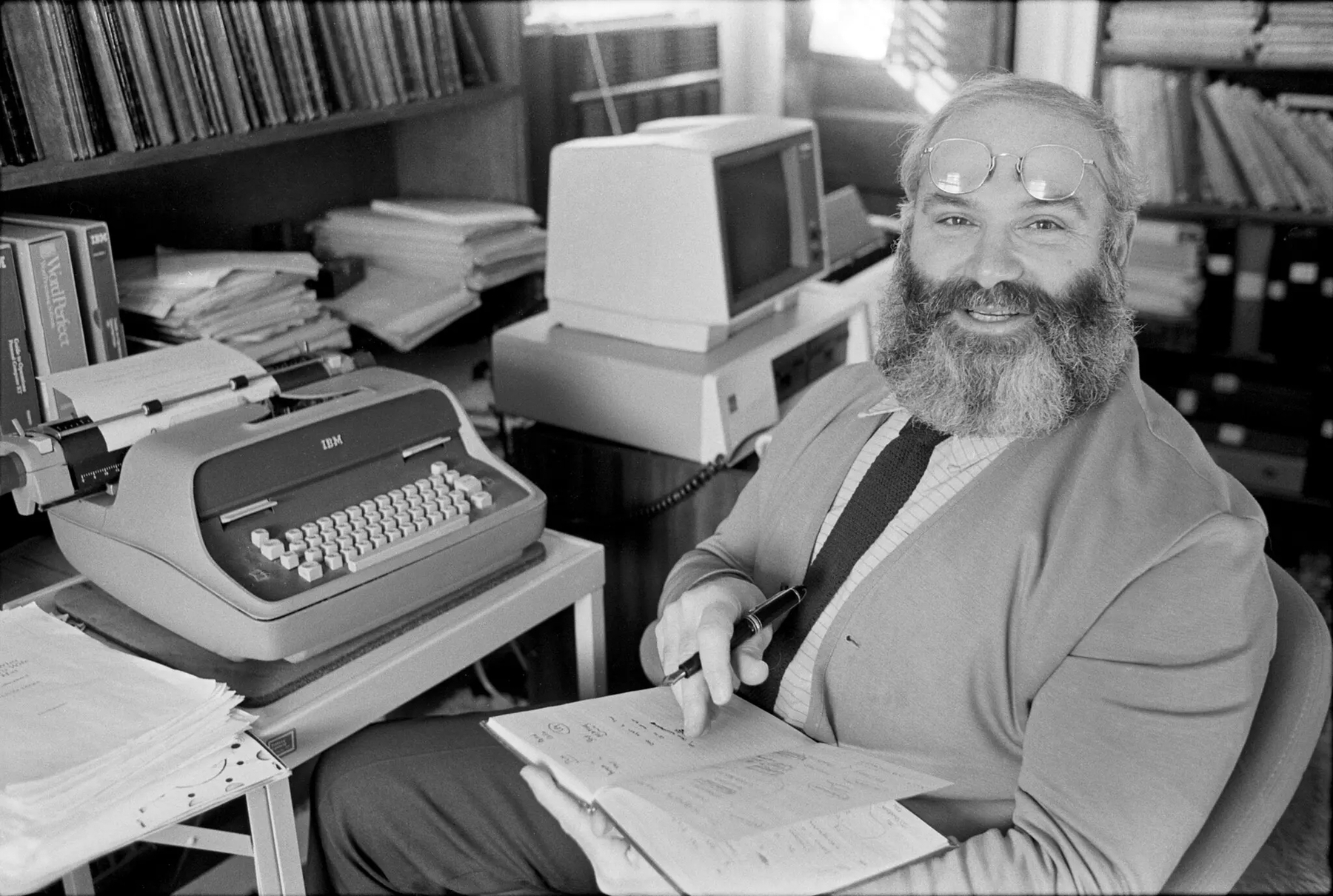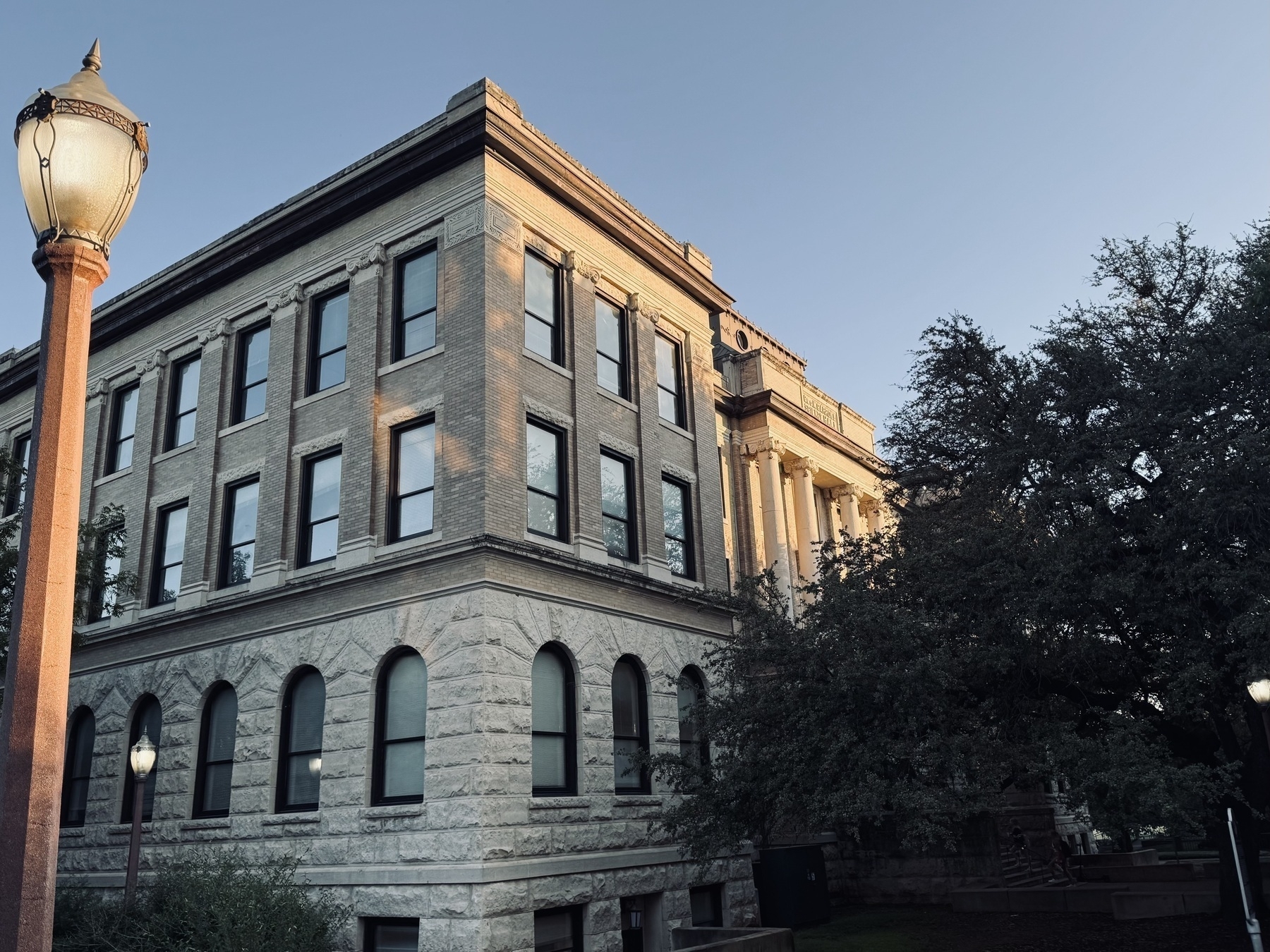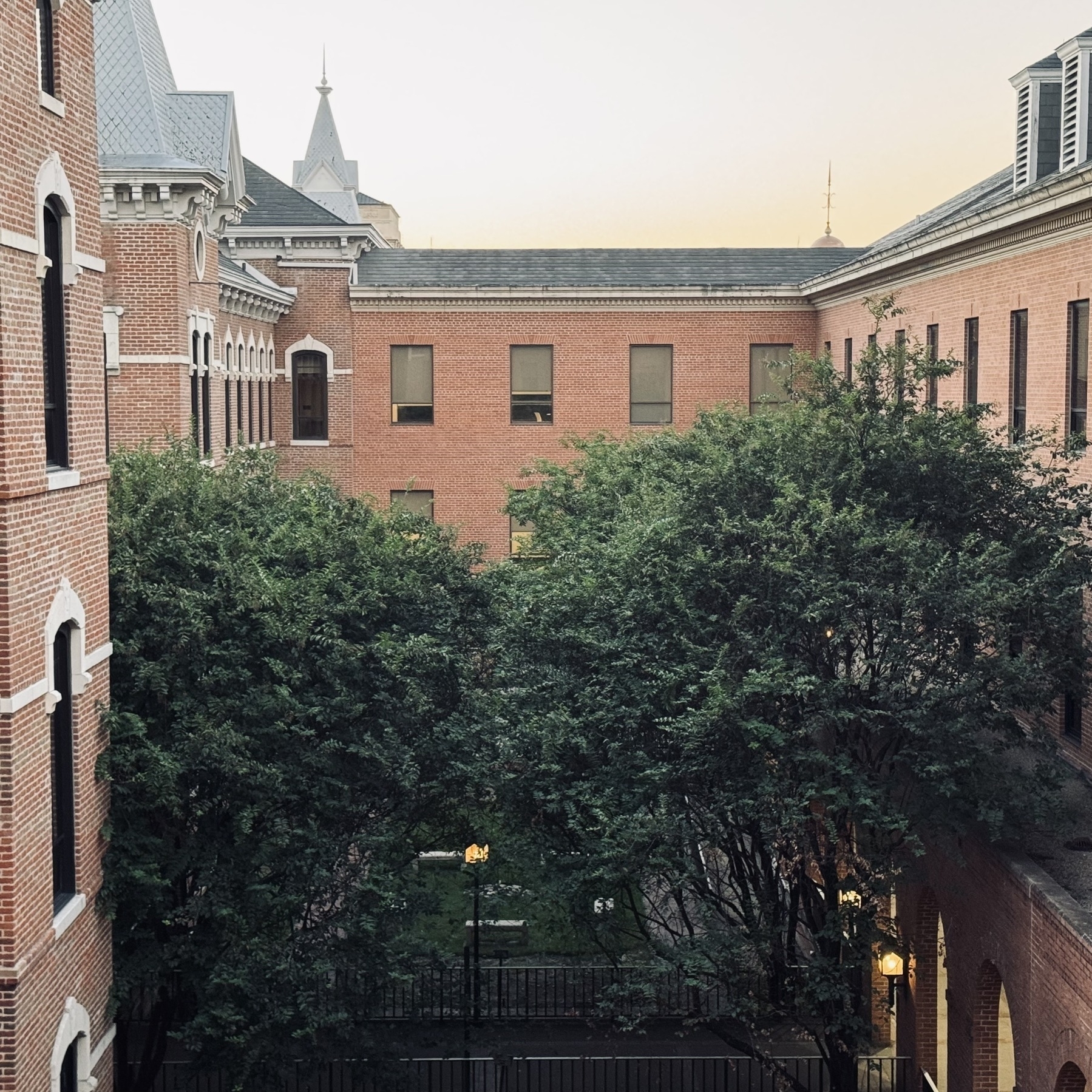Angus would like you to know that he is two years old today!

Like many of us, he realised that what came to be known as the blogosphere could be a modern realisation of Jürgen Habermas’s idea of “the public sphere” because it was open to all, everything was discussable and social rank didn’t determine who was allowed to speak. But what he – and we – underestimated was the speed and comprehensiveness that tech corporations such as Google and Facebook would enclose that public sphere with their own walled gardens in which “free speech” could be algorithmically curated while the speakers were intensively surveilled and their data mined for advertising purposes.
This is why I am on, and the good Lord willing will always be on, the open web.
My primary problem as a guitarist: by the time I have achieved, or am on the verge of achieving, bare competence in playing a song, I hate the song so much that I never want to hear it again.
There are public housing projects nearby, whose residents complain the local housing authority has neglected. And maybe hurricane-response isn’t the housing authority’s job — but, then, hurricane-response isn’t really anybody’s job in Asheville, or wasn’t until Helene landed in the city. And so there is one more little chapter added to the great big book of Western Civilization since the fall of Rome, with the City of God picking things up after the City of Man has dropped the ball and the church showing why it remains the one genuinely indispensable institution.
I’m very excited about Ian Leslie’s forthcoming John and Paul: A Love Story in Songs, and I love the cover of the U.K. edition. (The U.S. cover is poor, though, IMO. The relationship between type and image is all wrong.)

Angus meekly and gratefully received his blessing.

Maybe someday Altman’s ideas about AI will prove out, but for now, his approach is textbook Silicon Valley mythmaking. In these narratives, humankind is forever on the cusp of a technological breakthrough that will transform society for the better. The hard technical problems have basically been solved—all that’s left now are the details, which will surely be worked out through market competition and old-fashioned entrepreneurship. Spend billions now; make trillions later! This was the story of the dot-com boom in the 1990s, and of nanotechnology in the 2000s. It was the story of cryptocurrency and robotics in the 2010s. The technologies never quite work out like the Altmans of the world promise, but the stories keep regulators and regular people sidelined while the entrepreneurs, engineers, and investors build empires.

From the same story, Oliver at his desk with
- notebook
- fountain pen
- typewriter
- PC with WordPerfect installed
What more could a writer need?

Teaching The Nine Tailors to 16 first-year students and they are into it. I am rather shocked by their enthusiasm. We’re three-fourths of the way through — I wonder how they will feel about the ending. 📚
I like to visit the corner of our department where we keep office supplies, which I adore. Pencils, pens, highlighters; sticky notes in all sizes and colors; manila folders; printing paper in seven — seven — colors; four sizes of binder clips. I stand there mesmerized and imagine uses for them all.
A powerful and much-needed word from Sara Hendren, AKA @ablerism:
I think the clamor among young people to gather diagnostic names for imperfection — every imperfection, from the clinically serious and undertreated to the elaborate neologisms for capturing ordinary variability and performed eccentricity — begs for more sustained philosophical inquiry. If bodily or cognitive imperfection is not merely a mechanical glitch, what is it? How do we countenance it, make meaning alongside it, make our uneasy peace with its inevitable arrival? Young people need our patient accompaniment to ask these questions. They’ve already been abandoned once to the algorithms. I won’t abandon them again with scorn.



